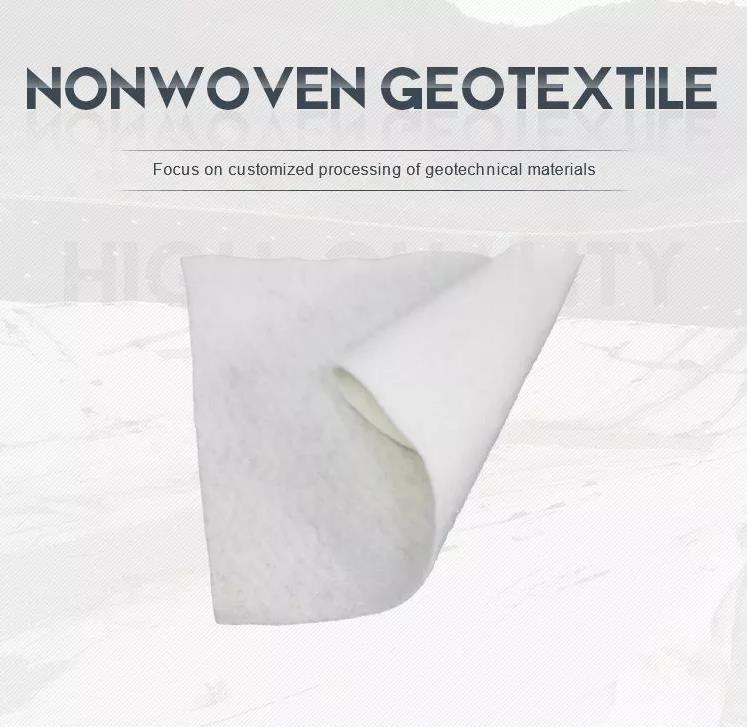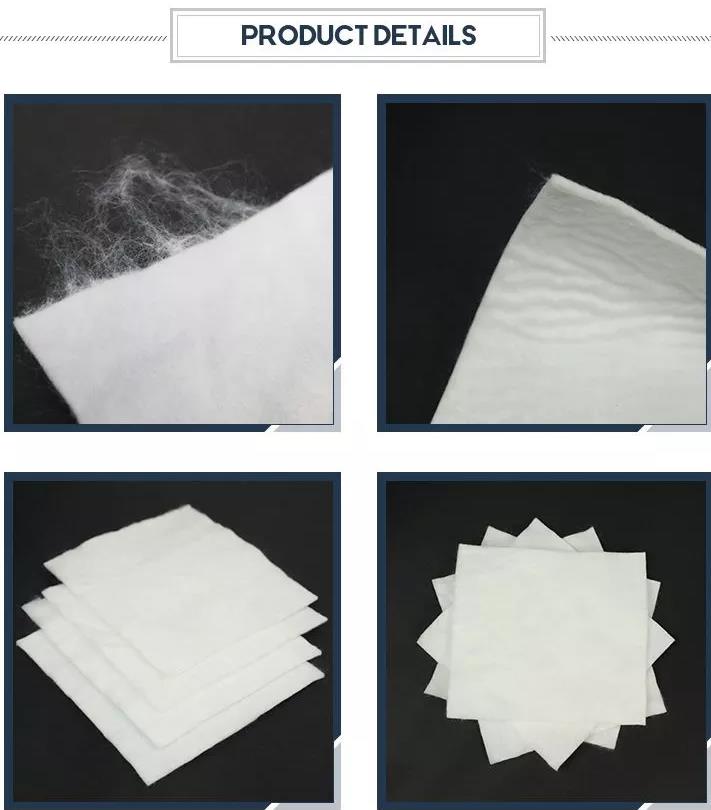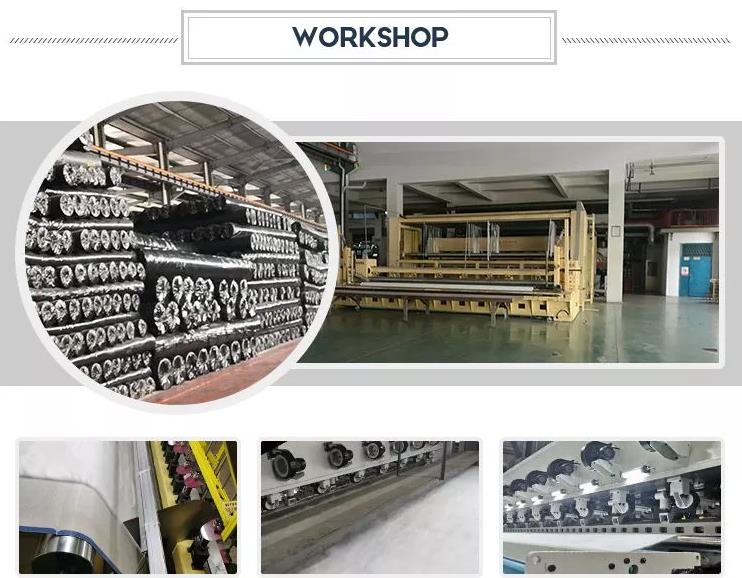The role and use of geotextiles
Geotextile, also known as geotextile, is a permeable geosynthetic material made of synthetic fibers through needle punching or weaving. The finished product is cloth-like, generally 4-6 meters wide and 50-100 meters long. Geotextiles are divided into woven geotextiles and non-woven geotextiles. Geotextiles have excellent functions of filtration, drainage, isolation, reinforcement, anti-seepage, and protection. They are light in weight, high in tensile strength, good in permeability, high temperature resistance, freezing resistance, aging resistance, and corrosion resistance.
The role of geotextile filtration When water flows from the fine material soil layer into the coarse material soil layer, the good air permeability and water permeability of the needle-punched geotextile are used to allow the water to pass through, and effectively intercept soil particles, spun yarns, small stones, etc., to Maintain the stability of water and soil engineering. The role of geotextiles in drainage Geotextiles are good water-conducting materials, which can form drainage channels inside the soil and remove excess liquid and gas from the soil structure. The role of geotextile reinforcement Use needle geotextiles to enhance the tensile strength and deformation resistance of the soil, increase the stability of the building structure, and improve the quality of the soil. The function protection of geotextiles can effectively diffuse, transfer or decompose the concentrated stress, and prevent the soil from being damaged by external forces.

Geotextile use:
- It is used for reinforcement in environments such as backfilling of retaining walls and stockpiling in material yards, and plays the role of anchorage and reverse filtration.
- Laying between different media, such as gravel and soil, plays the role of isolation, prevents the media from permeating each other, prevents water and soil loss, and at the same time plays a role of heat preservation and increases the stability of the matrix.
- It is used for filtering in projects such as garbage treatment plants, drainage and sewage systems, and retaining wall construction.
- It is used in the construction of tunnels, inside earth dams, sports field foundations, etc., to play the role of drainage and pressure reduction.
Geotextiles have the functions of isolation, filtration, drainage, reinforcement, protection and puncture resistance.
The role and use of geotextiles 2

- Anti-puncture effect of geotextile
The combination of geotextile and geomembrane becomes a composite waterproof and anti-seepage material, which plays the role of anti-puncture.
- 2. the protective effect of geotextiles
Geotextiles prevent the soil from being damaged by external forces, and it protects the soil.
- Reinforcing effect of geotextile
Geotextiles enhance the tensile strength and deformation resistance of the soil, enhance the stability of the building structure, and improve the quality of the soil.
- 4. the drainage effect of geotextiles
Geotextiles have good water conductivity, can form drainage channels inside the soil, and discharge excess liquid and gas in the soil structure.
- Filtration effect of geotextile
Utilize the good air permeability and water permeability of geotextiles to allow water to pass through, and effectively intercept soil particles, fine sand, small stones, etc., to maintain the stability of water and soil engineering.
- The isolation effect of geotextiles

Geotextiles insulate building materials with different physical properties. Keep two or more materials from being lost or mixed, maintain the overall structure and function of the material, and strengthen the load-bearing capacity of the structure.
- The width of the joint between geotextile and geotextile is not less than 10cm
The geotextile is laid manually. During the laying, the width of the joint between the cloth and the cloth is not less than 10cm, and the laying edge line should exceed the laying edge line of the geomembrane on the cloth by at least 50cm.
- The geotextile is closely attached to the base surface and compacted
When laying, put the geotextile close to the laying base surface and compact it to avoid overhead, and prevent the geotextile and the membrane above from tearing after covering the soil.
- Geotextile suture width and needle distance control
The stitching width of the geotextile is not less than 10cm, continuous stitching, point stitching is not allowed, and the stitch distance is controlled at 6mm.
- Hand-tear method inspection of geotextile seams
When the laying is completed, all geotextile seams shall be checked by hand tearing method, and signed for confirmation after acceptance. The suture line of the geotextile overlapping parts shall be straight and the stitches shall be uniform. Make sure no dirt gets trapped in the geotextile when sewing.
